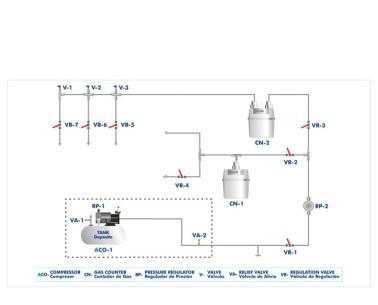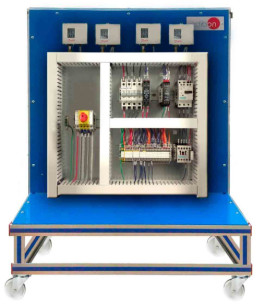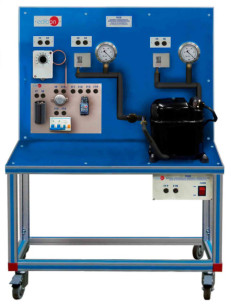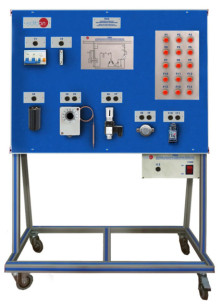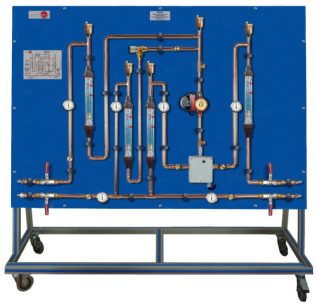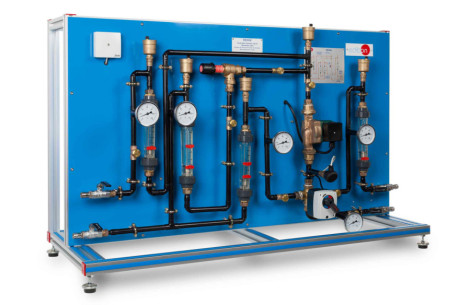
NEW Thermodynamics & Thermotechnics leaflet
With our complete Thermodynamics and Thermotechnics area, EDIBON gives answer to the academic demand for teaching and learning concepts of Fluids Mechanics, in an easy and practical way.
Read more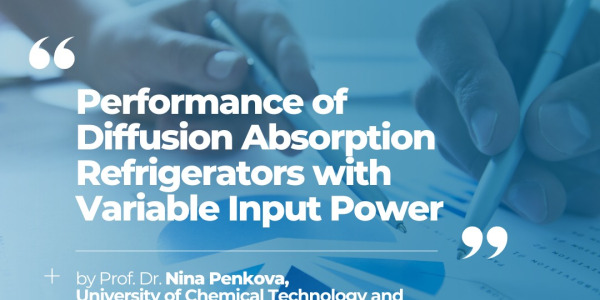
Performance of Diffusion Absorption Refrigerators with Variable Input Power
We are excited to celebrate the publication of the article by Prof. Dr. Nina Penkova titled "Performance of Diffusion Absorption Refrigerators with Variable Input Power" The study explores how(...)
Read more
EDIBON and its commitment to European Skills
At EDIBON, we are committed to strengthening skills as a strategic pillar for the competitiveness and social well-being of the European Union. Proper training not only boosts the economy but also(...)
Read more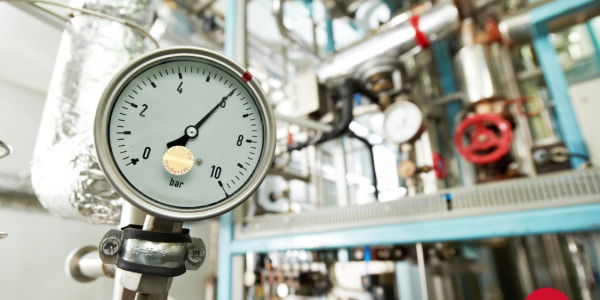
Thermodynamics and Thermotechnology: Key concepts and EDIBON's contribution
Thermodynamics and thermotechnology are fundamental fields of engineering that play a critical role across various industries, from energy generation to climate control. Understanding these(...)
Read more Cookie preferences
Cookie preferences

